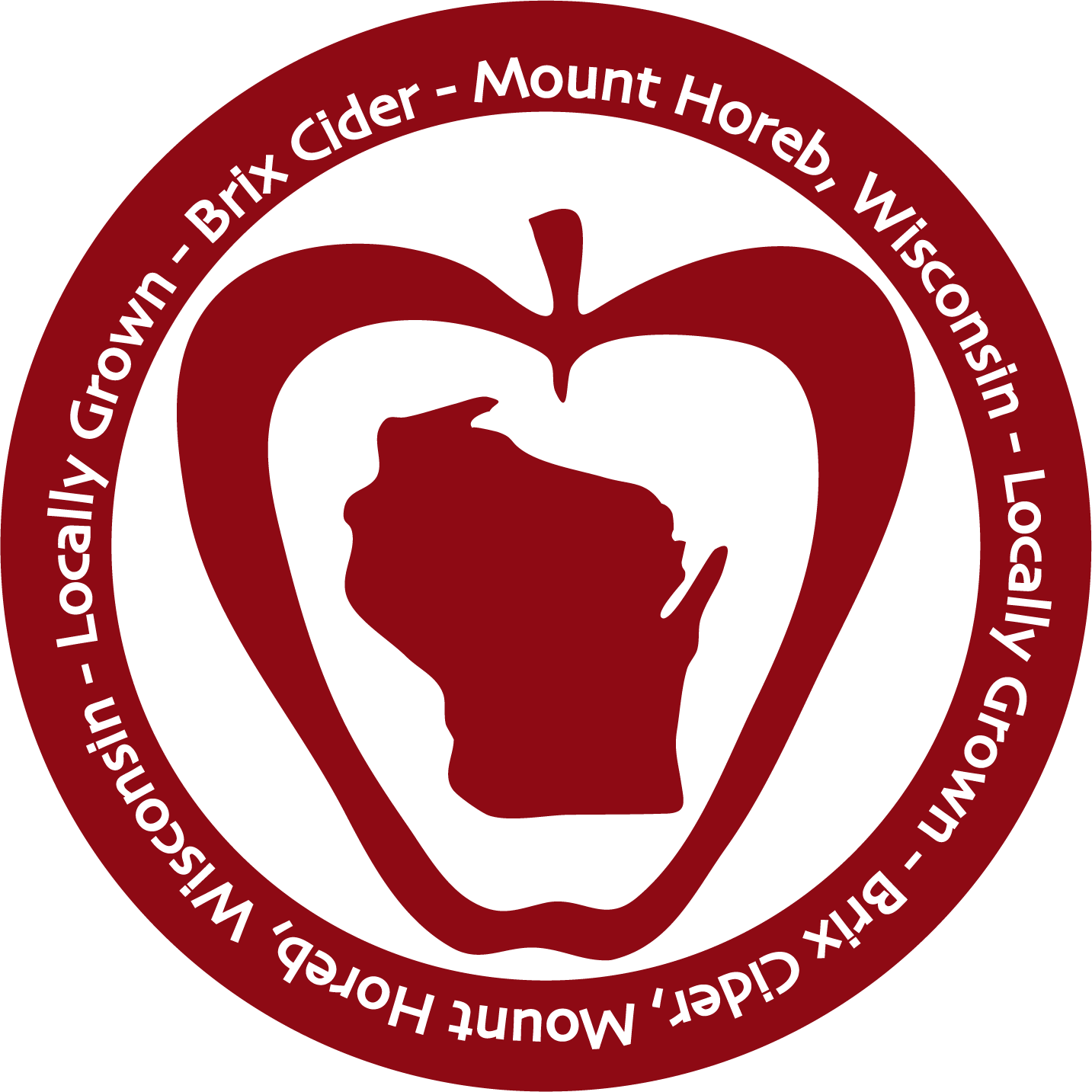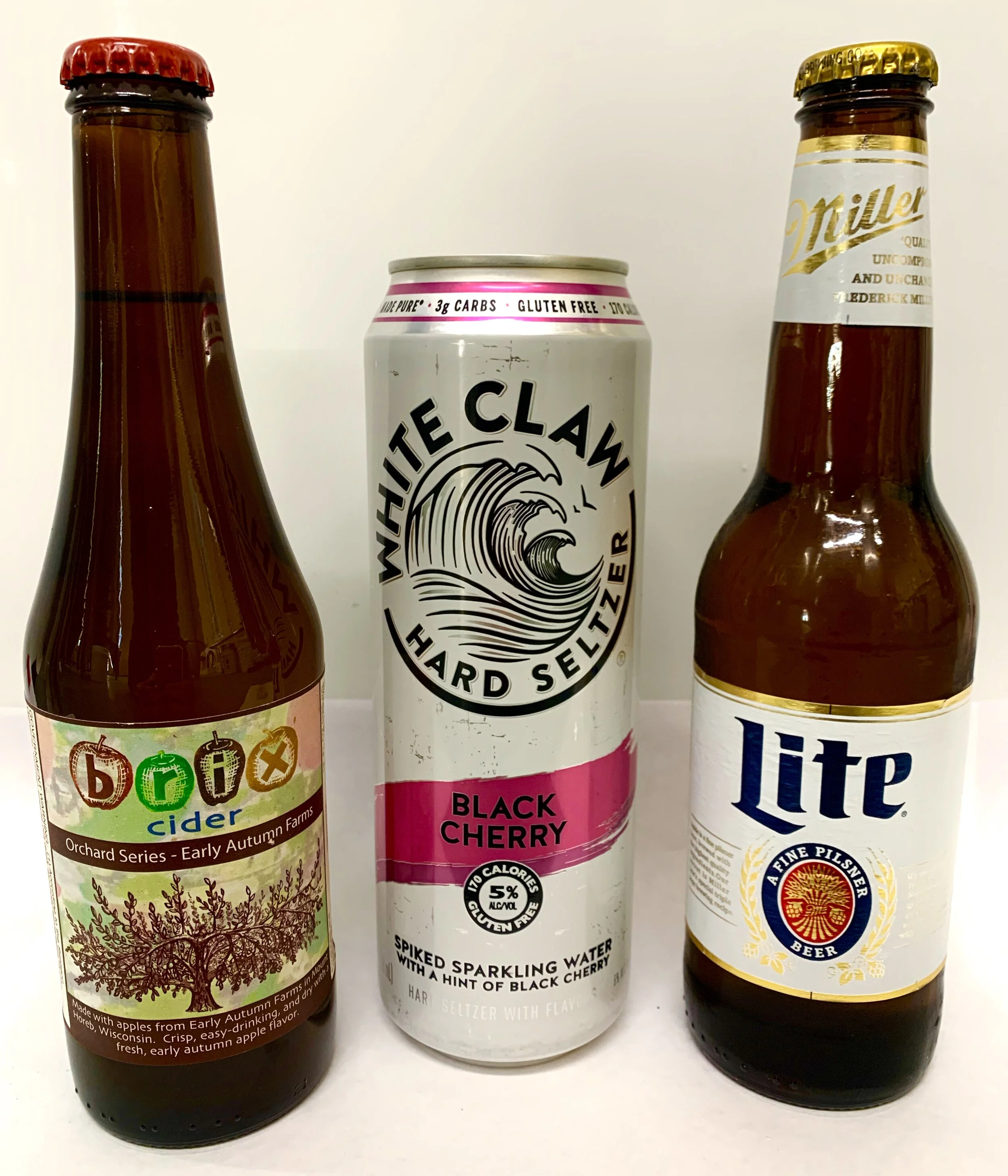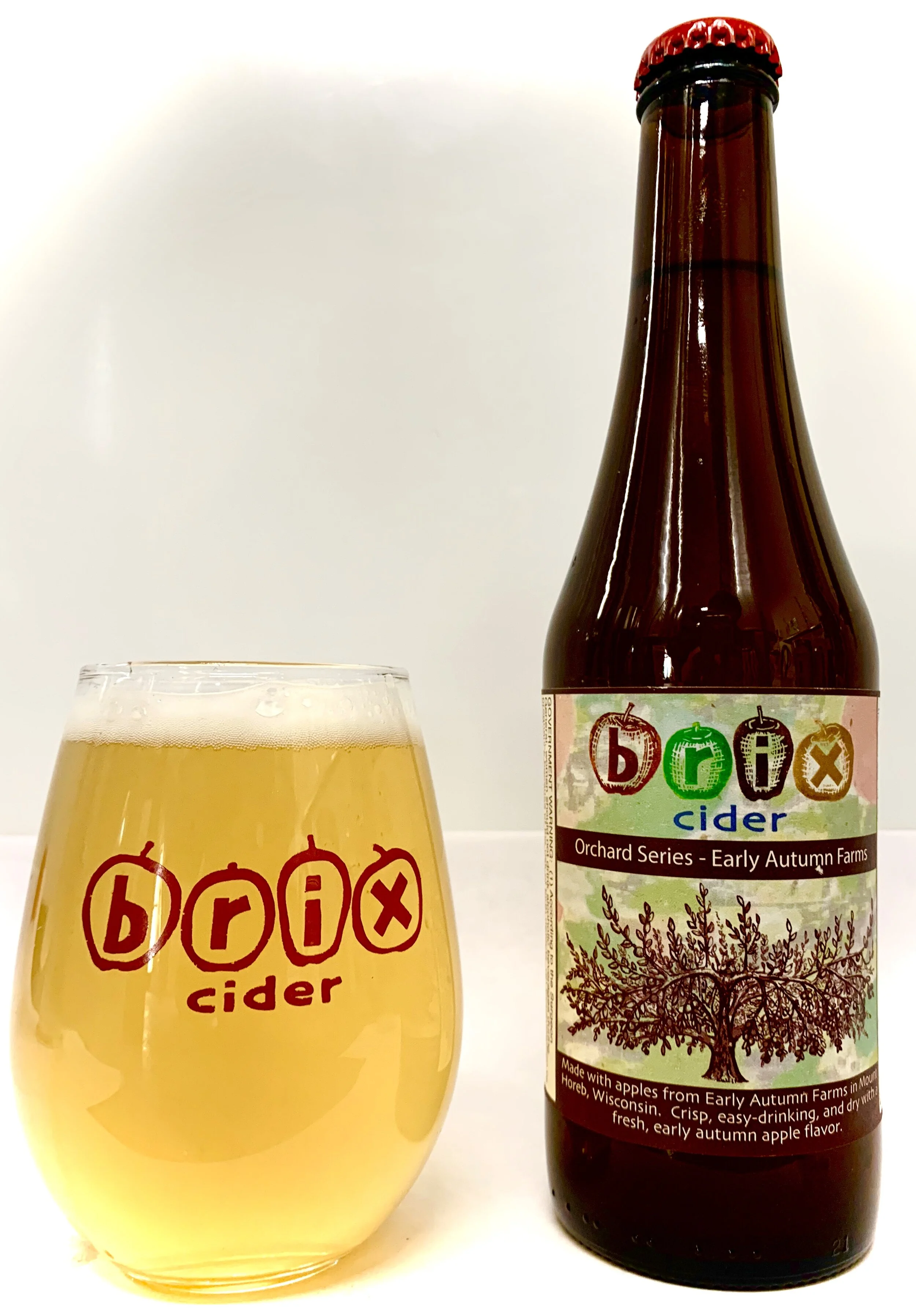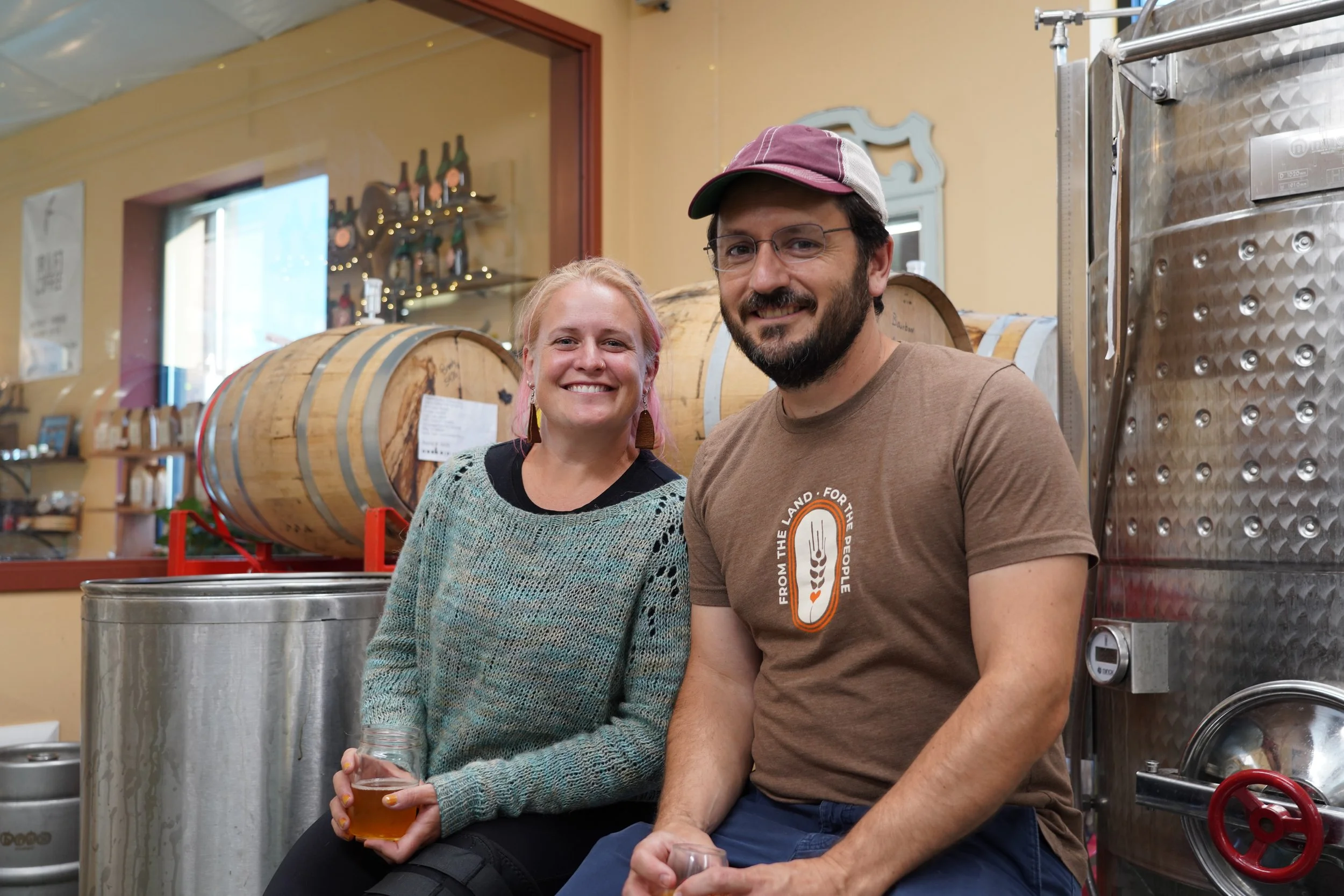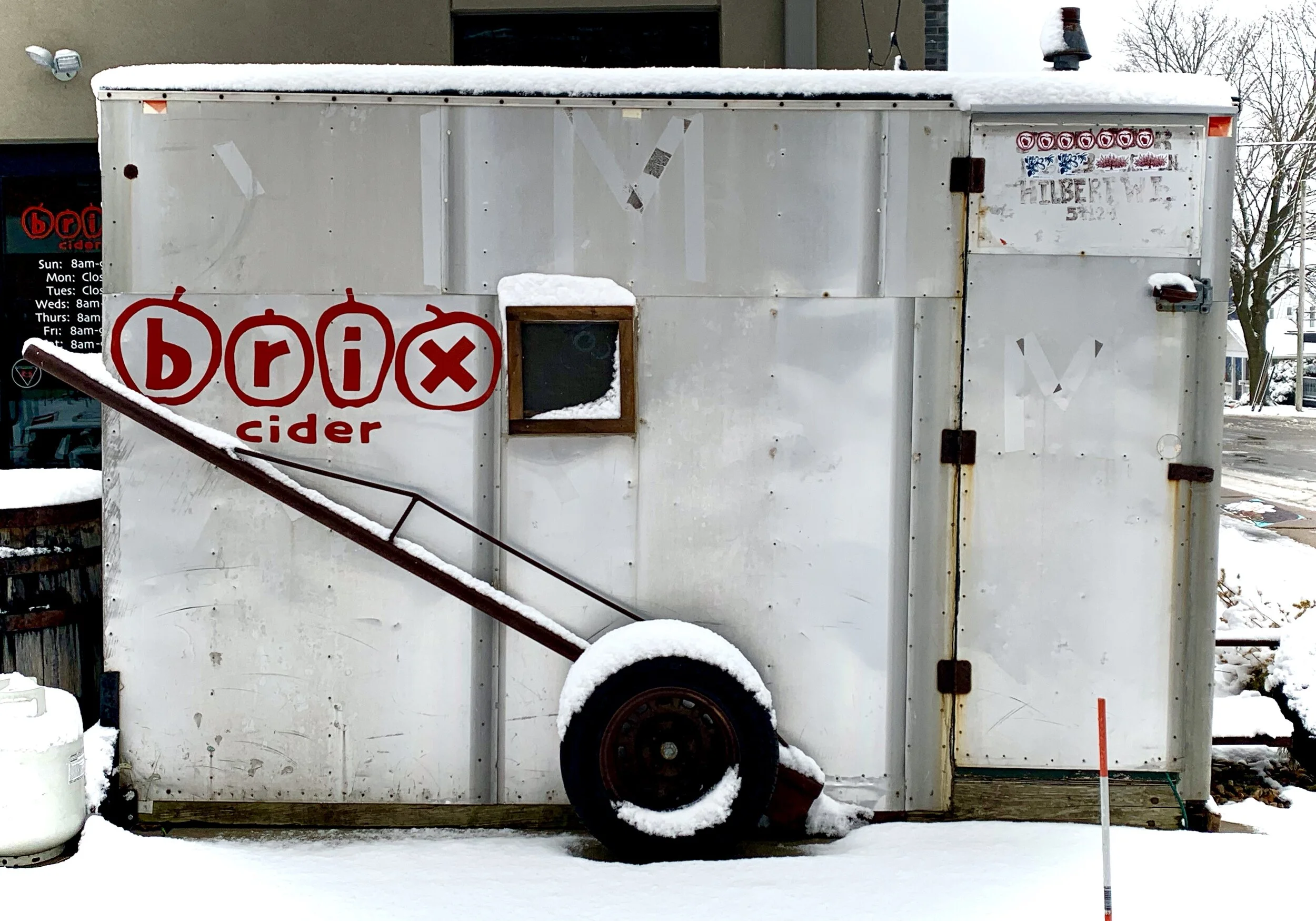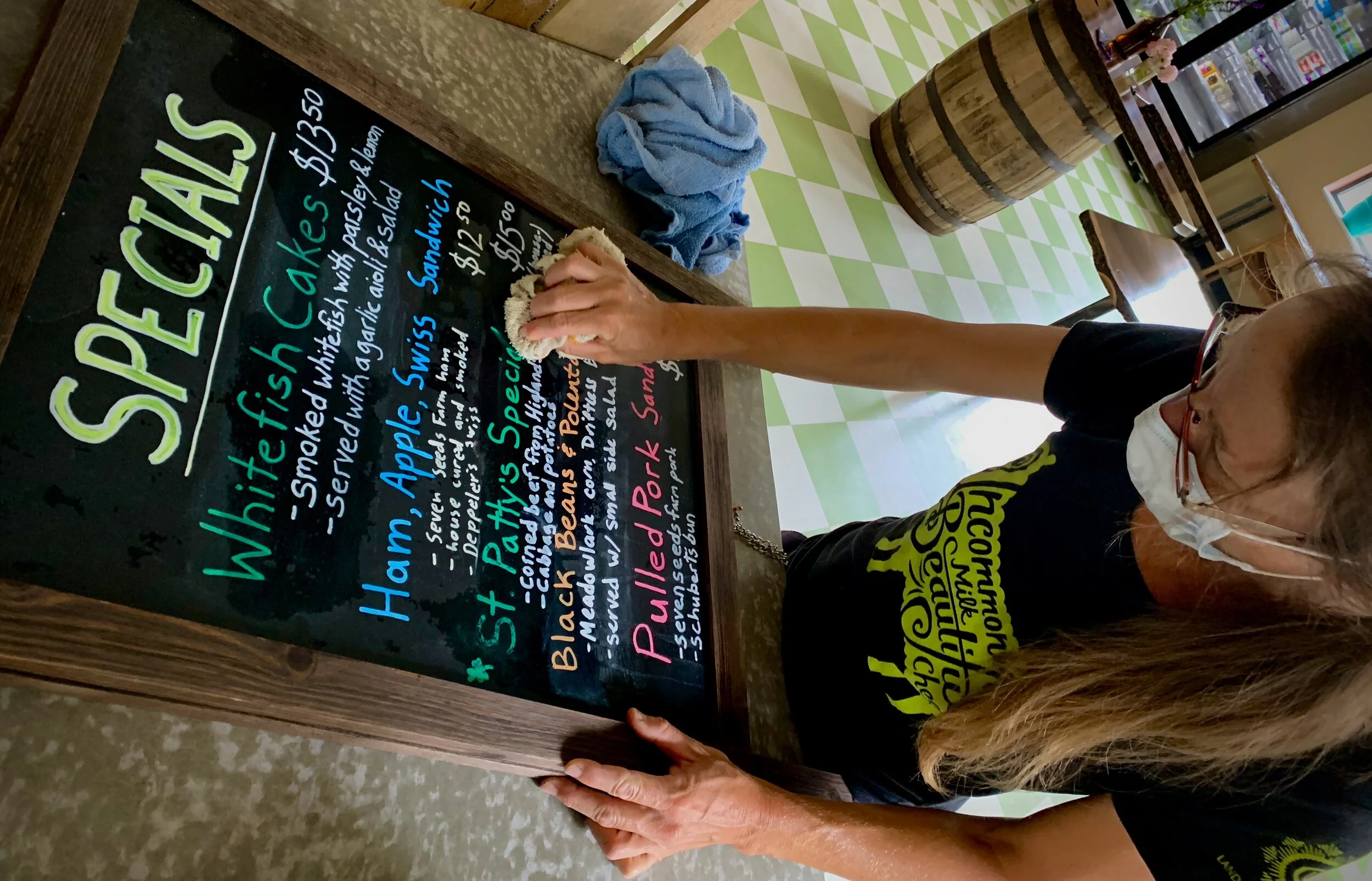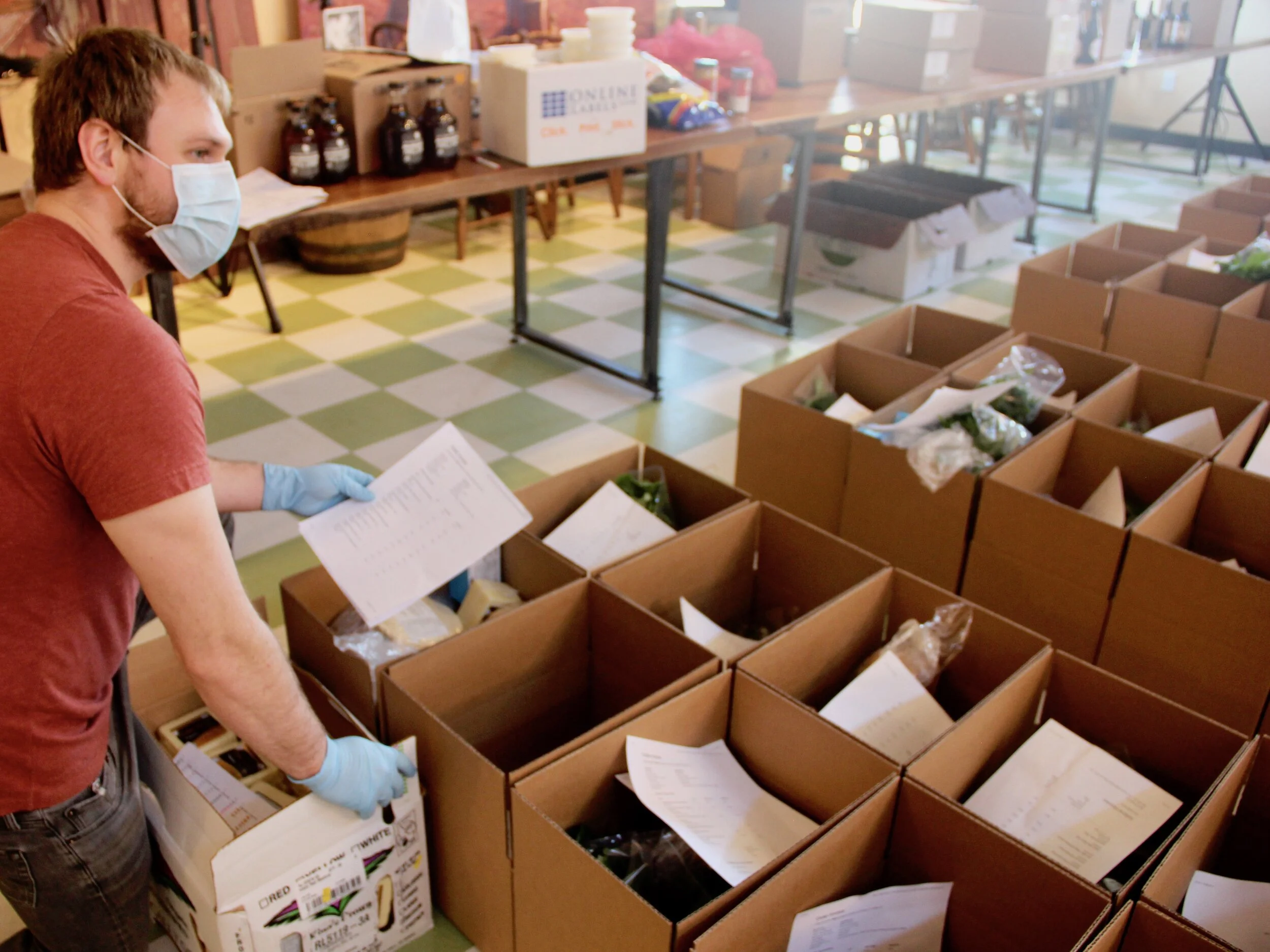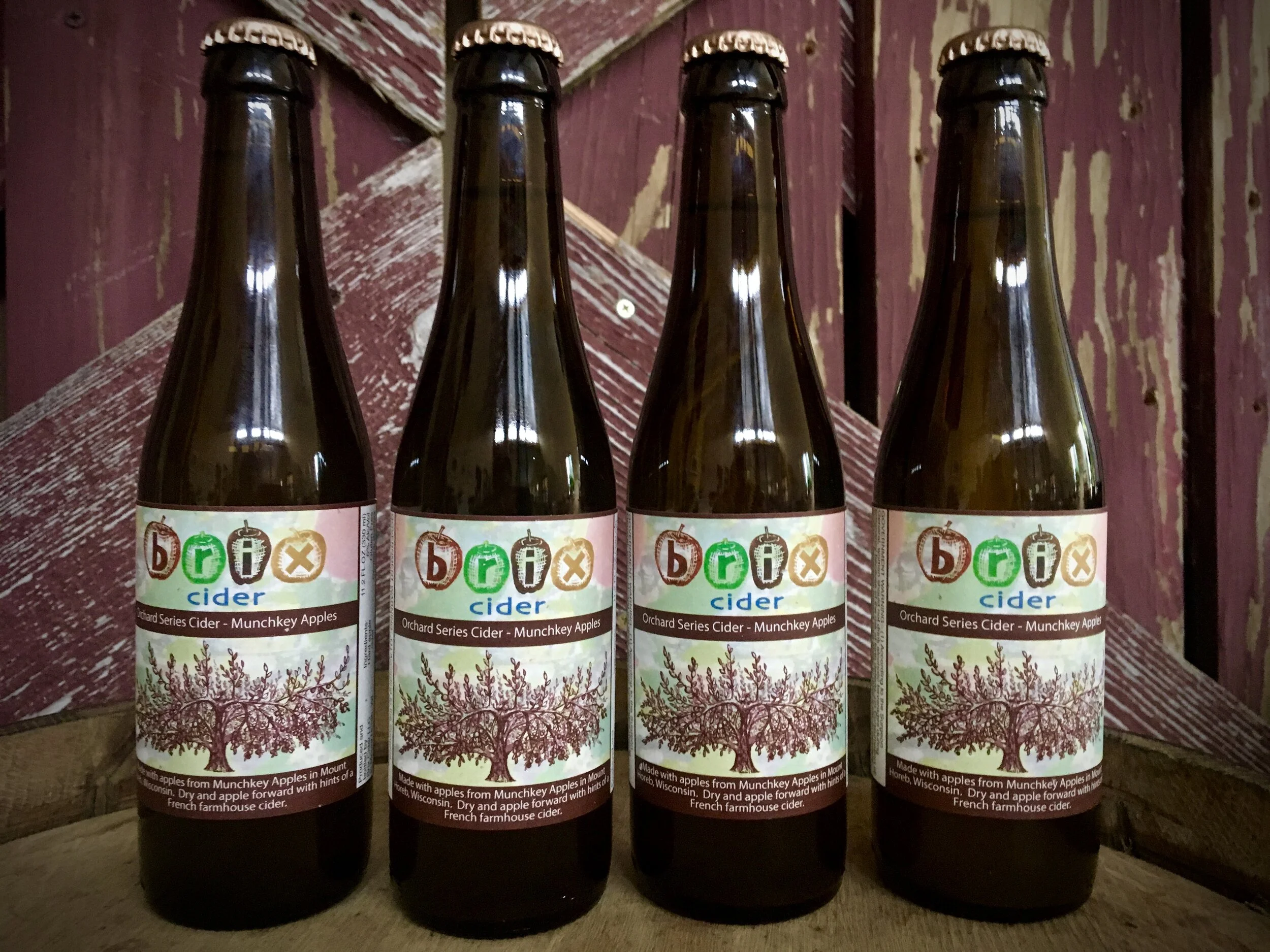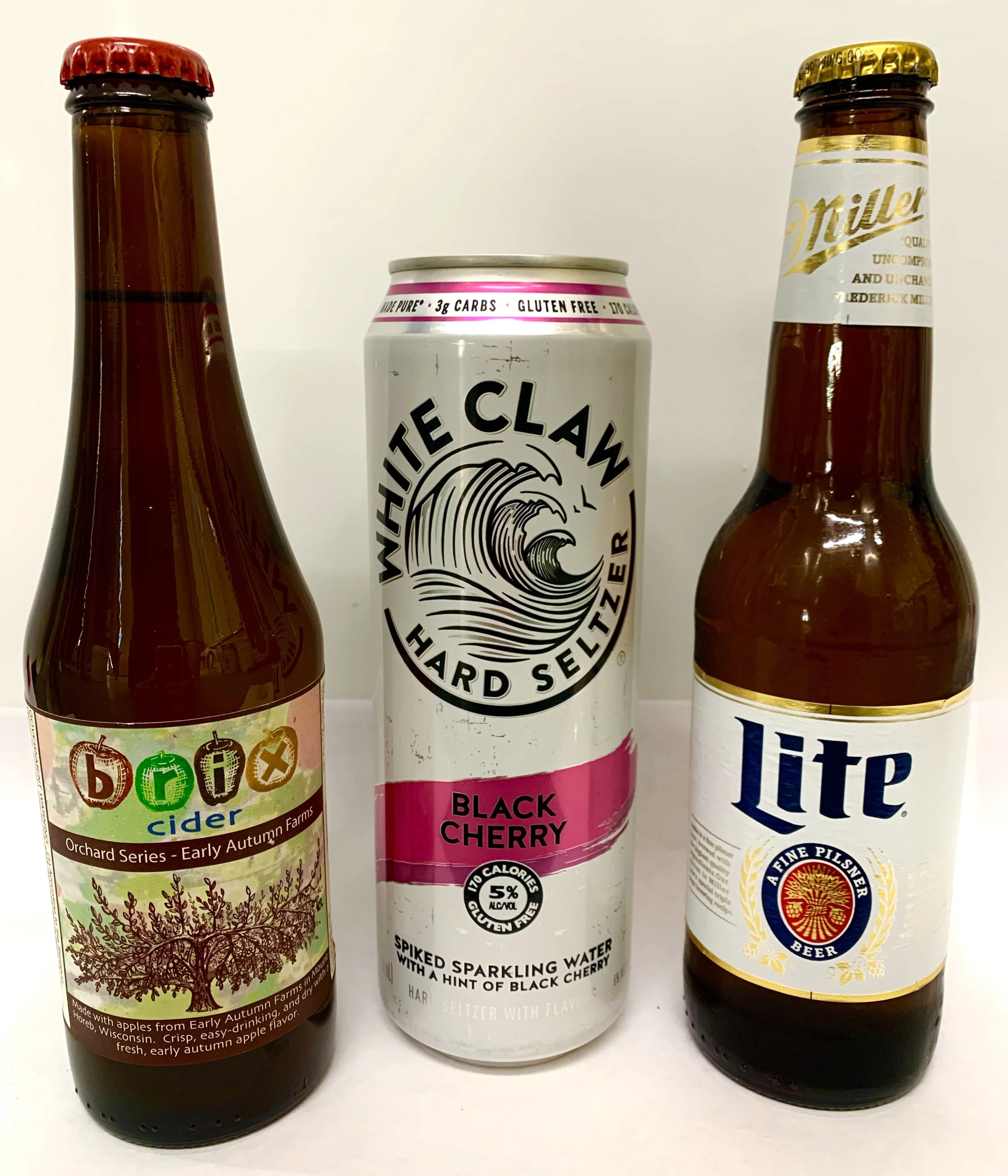Calories in Dry Cider, Hard Seltzer, and Light Beer
Per ounce of alcohol, dry cider has about the same amount of calories as hard seltzer or light beer.
The hard seltzer companies would like to fool you into thinking you’re getting a calorie free beverage, or at least something that is especially low in calories. Unfortunately, there is no getting around the fact that alcohol itself has calories - about 7.1 calories per gram. It doesn’t matter if that alcohol comes as part of beer, wine, spirits, hard cider, hard seltzer, or whatever; it’s still 7.1 calories per gram. If they’re all 5 percent alcohol, then the calories from alcohol in a beer, a cider, or a hard seltzer will all be exactly the same at about 121 calories in a 12 oz bottle. To fall under 100 calories, a 12 oz alcoholic beverage has to get down to about 4 percent alcohol or less. You’ll just need to drink more of them to get the same buzz.
Above: Turns out, of the three beverages pictured, the one in the middle has the most calories. I recommend the one on the left :)
Aside from alcohol, of course there typically are other calories that come with alcoholic beverages. In fermented beverages (like beer, wine, and cider) yeast eat all the sugars they can and convert them into alcohol, but they can’t always get them all. They often leave some non-fermentable carbohydrates behind. In a beer, it is typical for about three quarters of the carbohydrates to get fermented, and the unfermented carbohydrates will remain in the beer as additional calories. The initial carbohydrates will have about 1.16 times as much caloric energy as the converted alcohol, so in our initial example of a beverage at 5 percent alcohol with 121 alcohol-based calories, a typical beer will contain an additional 47 calories of unfermented carbohydrates putting it at 168 calories total in a 12 oz bottle. This will vary a bit beer by beer. Wisconsin’s favorite beer, Spotted Cow, measures in at 150 calories and 4.8 percent alcohol. To get a lighter, lower calorie beer, breweries will take steps to get their beer yeasts to ferment a higher proportion of the carbohydrates. They do this by using more vigorous yeast strains and by carefully choosing their grains to ensure a more complete fermentation that doesn’t leave many non-fermented carbohydrates.
In the case of cider, nearly all of the carbohydrates are fermentable, and close to 100 percent of the sugars are turned into alcohol. Very few additional calories are left behind after fermentation. The most significant non-fermentable carbohydrate of cider is sorbitol, which averages 0.4 percent of the juice. Sorbitol has less calories than sugar, and at 0.4 percent of the juice, it will add about 3 calories to a 12 oz bottle. Cider also has naturally occurring acids which have a few calories as well. A typical 12 oz bottle of cider will contain about 2 grams of acids. Malic acid (the most common in apple juice) has about 2.4 calories per gram, so the acids in cider will add a little less than 5 more calories to the finished cider. In other words, the calories in a dry cider contain the calories from alcohol plus about 8 calories of other stuff. At 5 percent alcohol, one of our ciders will come in at about 129 calories.
Above: Made with just apples and fermented dry, our ciders are crisp, refreshing, and relatively easy on your waistline.
Hard seltzers aren’t all made the same, so let’s look at one that’s quite common - White Claw. To make White Claw, they start by fermenting sugar water, which doesn’t leave much for residual carbohydrates (or flavor for that matter). They do add back a little bit of sugar, so it is not carbohydrate free. White Claw then gets some flavors from “natural flavors” which can constitute a whole range of things that normal folks like us wouldn’t necessarily consider natural. They also add citric acid and sodium citrate for flavor and as a preservative. Different flavors of White Claw also include other ingredients. I took my first taste of White Claw today, going with the Black Cherry, and I could only think of heavily diluted cough syrup with a weirdly clear color - kind of gross. With the big can in the picture above at 5 percent alcohol, White Claw definitely isn’t saving you calories either coming in at 170 calories per can.
If you are looking to watch your calories when consuming alcohol, you will also want to pay attention to sugars added after fermentation. Sweet ciders, sweet wines, sweet beers, hard sodas, and sweet mixed drinks can have high sugar contents, and the empty calories can quickly add up. Mike’s Hard Lemonade, for example, has the same 5 percent alcohol as our hypothetical example beverage, but it comes in at 236 calories in 12 oz due to added sugars. Angry Orchard’s Crisp Apple (also 5 percent alcohol) comes in a little better but still high at 190 calories. If you’ve been to our tasting room or bought our cider, you’ve probably noticed that most of the ciders we make are totally dry. Even the sweetest cider we’ve ever made is considerably less sweet than Angry Orchard’s flagship Crisp Apple.
The lesson here is that if you jumped on the hard seltzer bandwagon because you want to watch your waistline, you might have been led astray by clever marketing. If I were you, I’d much rather drink a hand-crafted beverage made with locally grown, all natural ingredients that can give you the same buzz with about the same number of calories and a lot more character.
